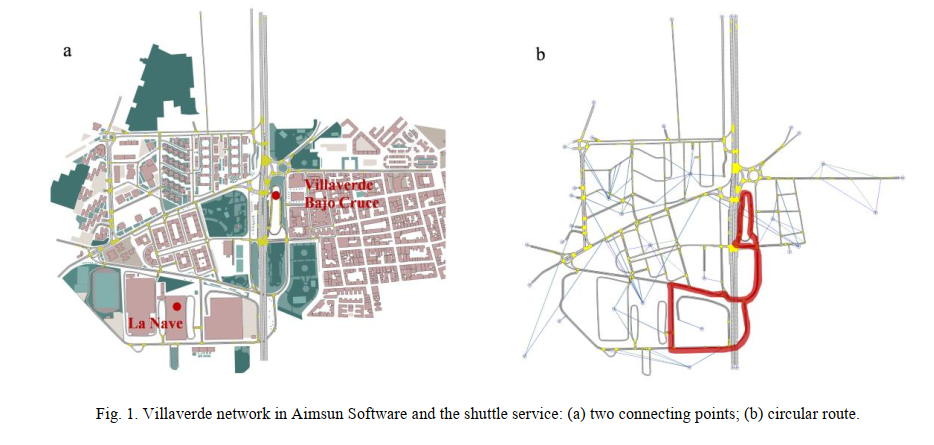
Connected and automated transport systems are expected to be the first to align with their large-scale business cases by enhancing urban transportation activities. The present study aims to assess the traffic and environmental impacts of different operational speeds of automated shuttle bus service through traffic microscopic simulation. In this context, different scenarios were formulated simulating the Villaverde district in Madrid, Spain. The analysis of the results provided multiple measurements quantifying the impacts of automated services in different Market Penetration Rates (MPRs) of Connected and Autonomous Vehicles (CAVs) on network and service level. The results revealed that a higher operational speed of an automated shuttle service operates more efficiently for lower CAV MPRs, while operational speed seems to not impact traffic and environmental conditions in higher MPRs.
| ID | pc485 |
| Presentation | |
| Full Text | |
| Tags |







